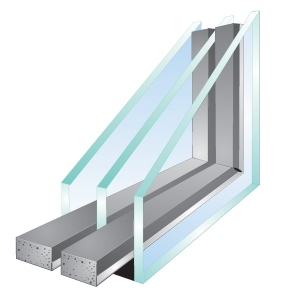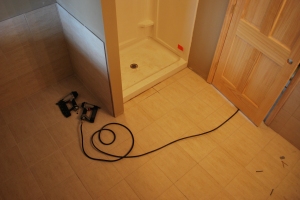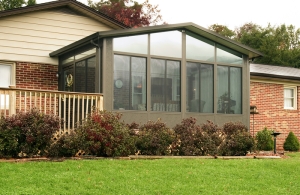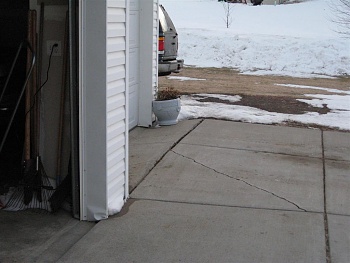I would venture to guess that a majority of homeowners in the Mpls/St. Paul metro area have had to replace their roof due to storm damage in the last 10 years. For every 10 roofs that we install, seven (7) of the roofs will be payed for by the customer’s insurance company. Some homeowners have even had to replace their roof multiple times in the last 10 years due to storm damage. So it comes to no surprise that our insurance rates continually rise each and every year. Insurance companies are tired of paying for new roofs caused by storm damage. Besides rising rates, some insurance companies have resigned to actually changing the insurance policy when it comes to storm damage. We’re talking about higher deductibles, actual cash payouts (ACV) versus replacement cost (RCV) payouts and even eliminating coverage for some metals (vents, valley, drip edge, wall flashing) that can be damaged by a storm. So as a homeowner, what can you do to combat this trend in the homeowner insurance world?
1. Read your policy. Call your agent and ask to go over some of the specifics of your policy pertaining to the exterior of your home. Make sure that you are covered and WITH the right coverage. Don’t go with an ACV policy just because its cheaper. Elect for the “matching” rider, which ensures a full replacement of damaged items instead of spot repairs. If you don’t have this rider, then your roof could be patched with different colored shingles if the existing shingles are no longer available. Same thing applies to siding and windows.
2. Check the NOAA web page for reported storm damage. The NOAA has professional weather “spotters” all over the metro area. If there is any wind or hail damage, these trained “spotters” will report it. If a contractor knocks on your door and tells you about a recent storm that could have affected your home, check this website 1st :
http://www.spc.noaa.gov/climo/reports/today.html
3. Call a contractor that knows more than just storm damage. Most storm contractors are in the business of getting homeowners to file insurance claims, regardless if there is damage or not. This forces insurance companies to raise rates to combat the extra cost of hiring adjusters to look at these bogus claims. A true “general” contractor doesn’t rely on storms to stay in business and are more inclined to tell homeowners the truth on whether they have storm damage or not. This leads to fewer claims being filed and lower homeowner insurance rates.
These 3 easy steps will help keep costs down in the long run. Don’t fall for a smart mouthed door knocker telling you to file a claim for storm damage w/o calling your agent, or checking the NOAA webpage or talking to a true “general” contractor 1st!






















